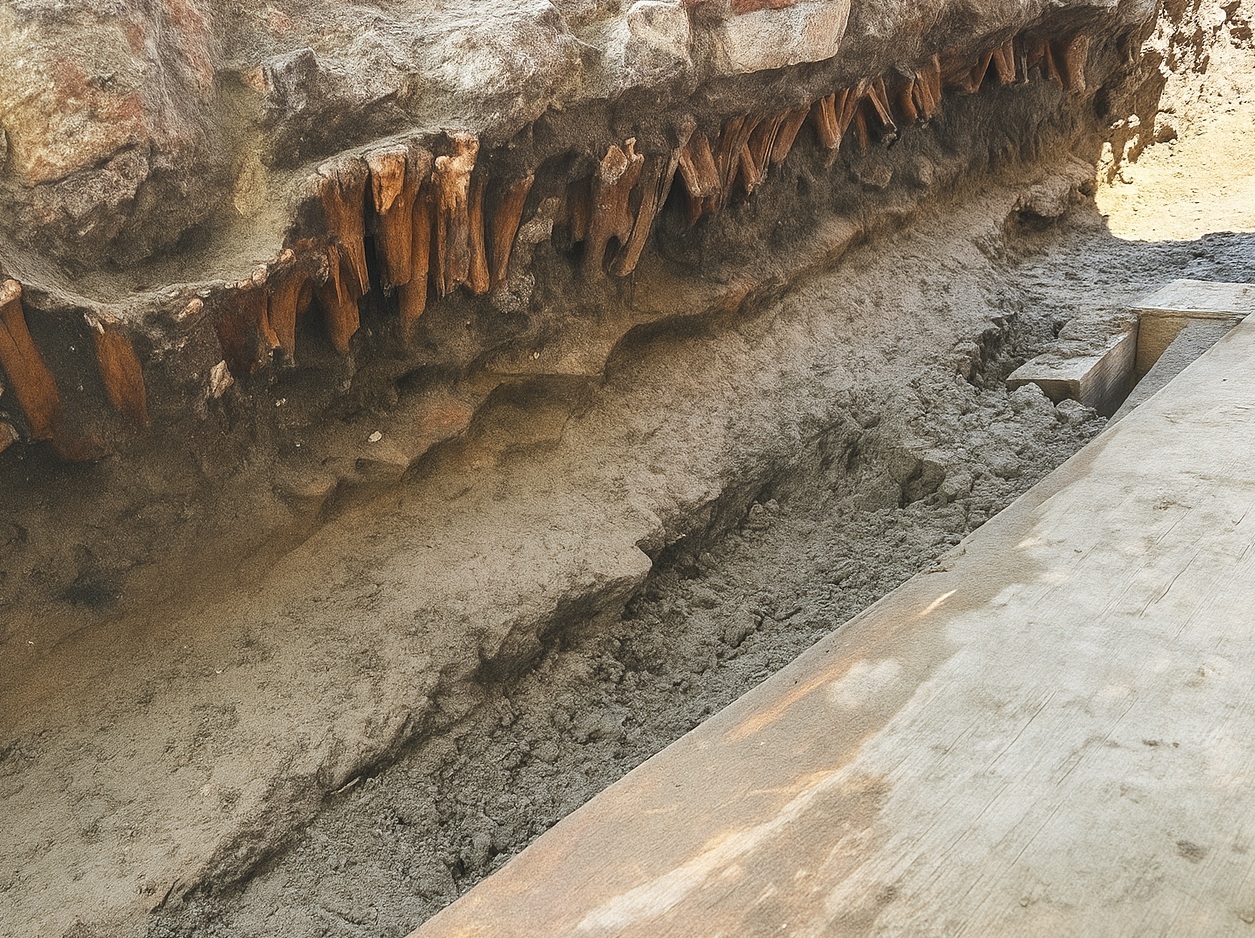An archaeological salvage project in Veracruz, Mexico, has uncovered more than five centuries of the city’s urban development and everyday life.
The project, led by the Veracruz City Council in collaboration with the National Institute of Anthropology and History (INAH), coincides with planned infrastructure works over the length of the Independencia and 5 de Mayo avenues.
The region around Veracruz had long been inhabited by various Mesoamerican cultures and fell under the jurisdiction of Moctezuma II and the Aztec Empire.
With the arrival of the Spanish in AD 1519. The Spanish founded the settlement of Playa Villa Rica just north of present-day Veracruz, which served as a base and staging post for the Spanish Conquest. By 1525, the settlement was moved to what is now known as La Antigua, at the mouth of the Huitzilapan (or Antigua River).
According to INAH, the excavation has exposed the heart of where the first Spanish inhabitants settled at La Antigua, as well as archaeological material spanning a chronology up to the Modern Era.
Among the significant discoveries are large architectural remains near the Temple of Our Lady of Sorrows (La Pastora), believed to be part of the original city wall that formed the historic Puerta de México (Gate of Mexico).
Another major discovery are the remains of a colonial barracks and prison, where archaeologists found layers of fractured bovine bones used as a construction material to stabilise the ground.
Other finds include more everyday objects, such as fragments of glass, bones, ceramics, dating from between the 16th to 21st century.
“The materials recovered in this salvage are housed in the Ceramoteca of the INAH Veracruz Center, where they are cleaned, labeled, and classified in databases. Their preservation and analysis contribute to the understanding of Veracruz’s rich history,” said the INAH.
Header Image Credit : INAH
Sources : National Institute of Anthropology and History







